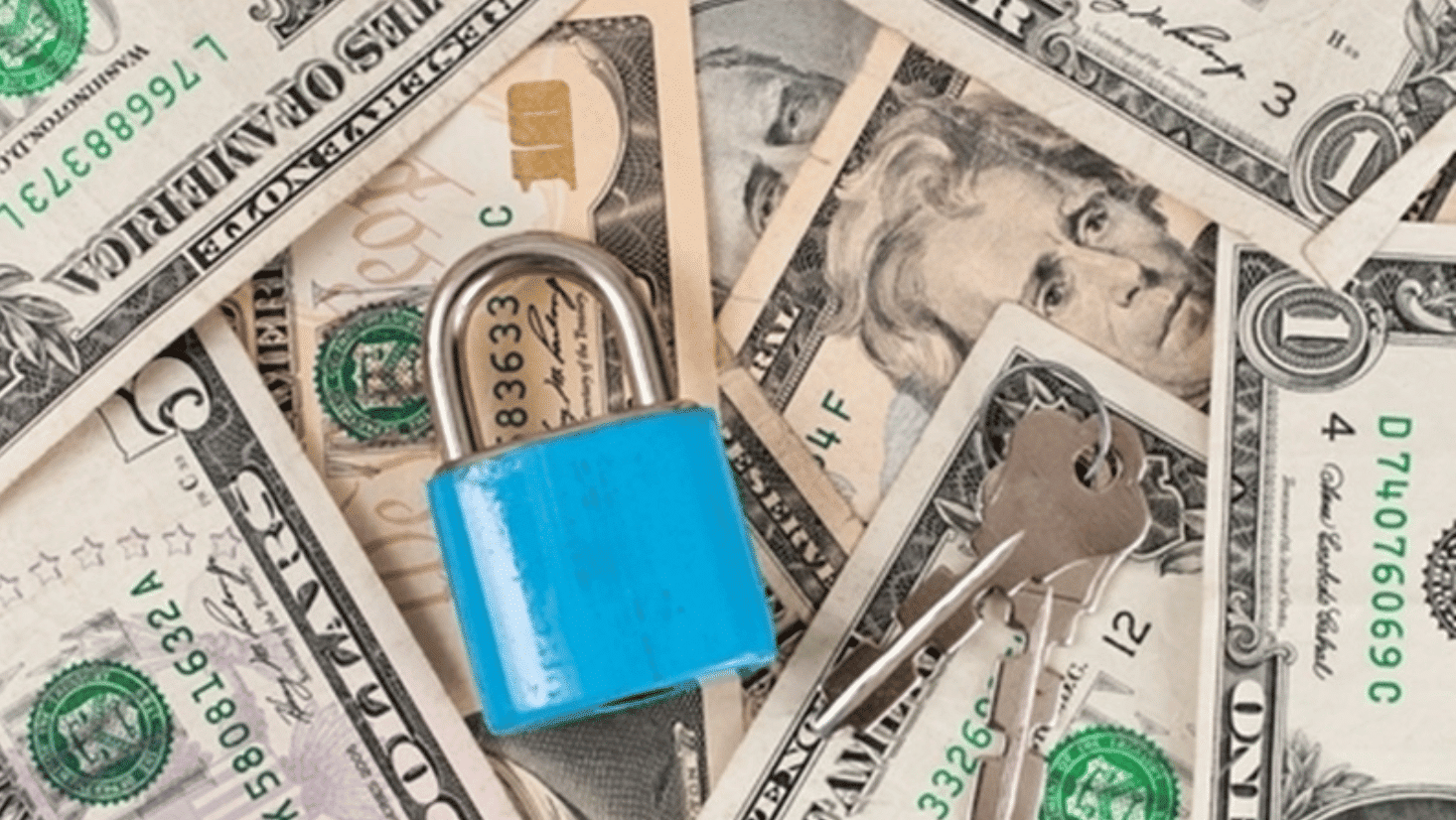
Theft. It’s responsible for a whopping 75 percent of retail shrink. External theft—robbery, shoplifting and organized crime—only slightly edges out internal theft by employees or vendors for top honors.
That makes shrink a dirty word in retail—the ‘S’ word, if you will. By definition, shrink is the portion of inventory (goods and cash) that is lost or stolen. But shrink also describes its effect:
- Shrinking profits
- Shrinking margins
- Shrinking bottom line
No retail sector is exempt from shrink. According to the 2016 National Retail Security Survey, U.S. retailers had an average shrink rate of 1.38 percent. As a percentage, it may not seem like much but it translated to more than $45 billion lost to shrink in 2016.
Some shrink is expected in any retail operation as a natural part of doing business. But reducing shrink means understanding what’s causing it and figuring out how much of it is preventable.
Operational shrink vs. theft
Shrink that occurs during normal retail operations is called operational shrink. It results from errors during activities like ordering, cash handling, product handling and accounting. These errors, while unintentional, result in significant losses and account for a significant portion of store shrink.
Operational shrink is often preventable. Most operational errors result from the failure to use best practices consistently. The failure can occur when the store itself if it neglects to develop and implement operating best practices or when it fails to enforce these policies. Or the failure may be when employees don’t follow established best practices consistently.
Theft, on the other hand, is purely intentional. Theft is the deliberate stealing of inventory by employees, customers or vendors. But theft is harder to identify since, by nature, the thief tries to conceal it. While the best practices around theft prevention are different from operational best practices, they still require retailers to implement them consistently to deter and discover theft activities.
No matter the cause, it’s important to identify the sources of shrink if you want to take corrective actions to reduce it.
How cash automation reduces shrink—and catches the thieves
Like other physical inventory, cash is susceptible to both operational shrink and theft.
In manual cash systems, cash is constantly exposed to human handling and therefore human error, both intentional and unintentional. Cash automation devices work by allowing a machine to perform some manual activities, like sorting and counting cash, while providing checks and balances to those activities.
Inventory systems help you secure and control your inventory and cash management systems while doing the same for your cash inventory. A comprehensive cash management system includes cash handling policies and procedures.
Nothing beats having solid cash handling policies and procedures to prevent shrink and preserve your profits. Your policy should include procedures to store, validate, count and move cash within the store and for bank deposit. Establishing checks and balances reduces opportunities for operational errors and theft.
According to Losspreventionmedia.com, “Every retail organization that processes cash transactions is (or should be) looking at and piloting automated solutions that aim to reduce the risks, expenses and resource costs that come with managing currency.”
Cash recyclers and deposit safes reduce shrink by:
Improving accuracy
These devices virtually eliminate the human error inherent in sorting, validating and counting cash. The long and often painful process of counting and balancing cash is far more efficient and accurate with automation. Accidental errors are rare, and intentional errors are far more difficult to pull off.
Introducing accountability
When cash is deposited to a recycler or smart safe, it goes on the record and the transaction has an audit trail. Cash recyclers use employee-specific personal identification numbers so that each transaction must be authenticated by an employee and can then be traced to that employee. Employees are accountable for their cash transactions and you can manage discrepancies as they arise. This kind of accountability and traceability allows you to find and correct operational errors and acts as a powerful deterrent for theft.
Enhancing security and visibility
Cash is a hidden asset. Until cash is deposited to your bank account, it’s high risk and of little value to your business. But when cash devices are connected to your bank, your deposits are credited to your account while your cash is still in your store. When they’re part of an internal store system or network, your cash inventory and cash position are always visible, which further discourages covert activities.
Now what?
Naturally, this all starts with an assessment of your current cash management system and practices. Try to clarify how much of your shrink is operational and where you are susceptible to theft. Analyze your current cash management policies and procedures and look for areas of improvement.
Above all else, set a tone in your business. Let everyone know that cash handling is a priority moving forward. Then you can determine how to use cash automation in your cash management system.


